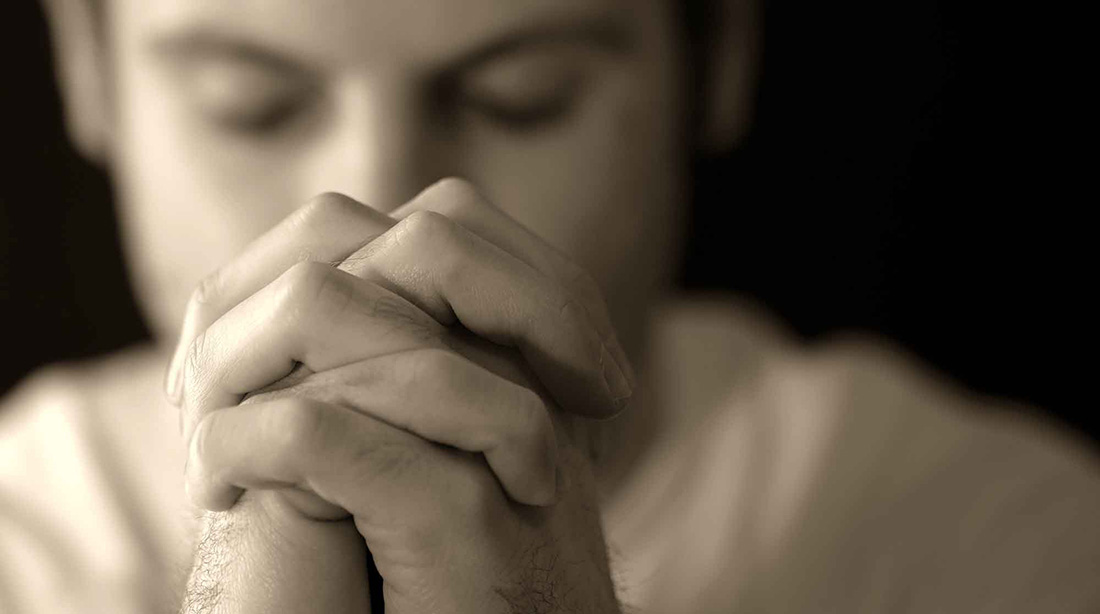Gerry Georgatos
October 27th, 2015
It is stated that that we should inspire change by giving onus to the good news stories, to the inspiring role models instead of the bad news stories, instead of narratives of despair. Yes, tell the good news stories, inspire as many as is possible but how can we deflect from the narrative when the divide is as wide as ever and all is getting is worse? In order to sell the good news story as the big picture, the statistical narrative is being doctored. Collectivised data and medians are telling a different tale to the one that I experience on the ground, at the coalface, in my many travels to hundreds of communities.
 Gerry Georgatos at One Mile Community, Broome – Photo, Ingetje Tadros
Gerry Georgatos at One Mile Community, Broome – Photo, Ingetje Tadros
We are misinforming Australians with collectivised data, loosely put together, when disaggregation continues to tell abominable narratives of half-lives, of the worse getting worse.
Those with some Aboriginal and/or Torres Strait Islander heritage are doing better, much better, than those with mostly Aboriginal and/or Torres Strait Islander heritage. At least 671,000 Australians identify Aboriginal and/or Torres Strait Islander heritage however the collectivised medians mask the reality that much has not improved for the majority of Aboriginal and/or Torres Strait Islanders who have historically been separated from the Australian nation.
Despite the Australian Bureau of Statistics (ABS) recently suggesting that life expectancy for Aboriginal and/or Torres Strait Islanders has significantly decreased this is not true if we for instance disaggregate to Aboriginal and/or Torres Strait Islanders remote living. For remote living, or Northern Territorian living, or Kimberley living, or far north Queensland living Aboriginal and/or Torres Strait Islander life expectancy is up to 25 years less than the overall Australian life expectancy median. But with more and more people identifying Aboriginal and/or Torres Strait Islander heritage the medians on mortality, on life expectancy are increasing and therefore for many others their truth is masked. At each Census since the 1980s tens of thousands of Australians have taken pride in identifying Aboriginal and/or Torres Strait Islander heritage. But we must not let go of the standalone narratives of those whom have always identified, lived Aboriginal and/or Torres Strait islander, who have life expectancy up to 25 years less than the national average. We should know if health, mortality and other measurable indicators have improved or not. According to the 2011 Census, an additional 20 per cent identified as Aboriginal and/or Torres Strait Islanders since the 2006 Census – this is what reduced the life expectancy gap – not primary and secondary health factors. There is no population explosion just more Australians identifying their Aboriginal and/or Torres Strait Islander heritage. Because of intermarriage and more Australians identifying hence with each generation there are proportionately more Aboriginal and/or Torres Strait Islanders.
In order to do the justice in legitimately ‘Overcoming Indigenous Disadvantage’ then the must-do of disaggregated statistical narratives must be preserved as we must have indicators to measure targeted change against – improving the lot of the most vulnerable and disadvantaged.
This continent’s highest suicide rates are in the Kimberley and far north Queensland regions – and when disaggregated to these regional Aboriginal and/or Torres Strait Islander populations they are nearly four times the rate of the national average of suicides for Aboriginal and/or Torres Strait Islanders and nearly eight times the overall Australian rate of suicide. But the national Aboriginal and/or Torres Strait Islander suicide rate is twice the Australian rate – deplorable but at first glance it masks the catastrophic tragedy among Aboriginal and/or Torres Strait Islander populations in the Kimberley and far north Queensland.
In various disaggregation in parts of the Kimberley, the Western Desert, Anangu Country, in some towns of western NSW, life expectancy is 25 years less than the life expectancy of Australians. In various regions, such as in some of Yolngu Country in the Northern Territory, people live on average 17 years less than Australians. The extreme poverty, the third-world-akin existences are far too many and should not be skewed and subsumed by collectivised data and by the pride of people who all of sudden identify Aboriginal and/or Torres Strait Islander heritage. It is our moral obligation to not lose sight of the most vulnerable and marginalised, who are becoming a hidden third world poverty – of people whose poverty is sold as lessening when in fact their lot has not improved as the overall averages would like us to have believe.

Gerry Georgatos at One Mile Community, Broome – Photo, Ingetje Tadros
In the Northern Territory and in the Kimberley, thereabouts one in eight Aboriginal and/or Torres Strait Islanders languish in one form of homelessness or another. Outside natural disasters and civil strife these are among the world’s highest homeless rates. In a number of regions of the Northern Territory, if you are an Aboriginal adult male you have a life expectancy of 52 years. If you are an Aboriginal baby born in the Territory your life expectancy is 63 years, 20 years less than the national average. In the Kimberley if you are an Aboriginal male, one in three will be dead by 45 years of age. Nationally, nearly one in three deaths of Aboriginal and/Torres Strait Islanders aged 15 to 35 years will be a suicide. Suicide is this age group’s leading cause of death – but it is even more diabolical when disaggregated to high risk regions. Australia continues as the only developed country to not eradicate trachoma.
Over the past five years, the ABS reported an increase in the life expectancy for Aboriginal and/or Torres Strait Islanders. The life expectancy medians disguise a narrative that we must address. The medians have improved because of people identifying Aboriginal and/or Torres Strait Islander but who have not lived marginalised and in racialised economic inequalities.
The ABS reported that life expectancy for Aboriginal and/or Torres Strait Islander males from 2010 to 2012 was 69.1 years and 73.7 years for women. ABS researcher Bjorn Jarvis said there is no one particular reason for the changes.
“It brings together a whole range of different things that are happening in public health and socio-economic factors,” said Mr Jarvis. According to the ABS, Aboriginal and/or Torres Strait islander men will live 10.6 years less than non-Aboriginal men and for women it’s 9.5 years less. These are medians where everyone with Aboriginal and/or Torres Strait Islander heritage is heaped together – but is Australia really closing gaps? I argue that it only appears so.
The ABS notes that the five yearly Census has “unexplained growth in Aboriginal and/or Torres Strait Islander Census counts relative to the previous Census.” The ABS notes that “over the past 35 years, there has been a clear upward trend in Aboriginal and/or Torres Strait Islander Census counts, beginning with the 1971 Census.”
According to the Australian Human Rights Commission, “the increases in the Indigenous population cannot be accounted for by birth rate alone. The ABS attributes the increase to a growing propensity of people to identify as Aboriginal and/or Torres Strait Islander, and the greater efforts made to record Indigenous status in the Censuses.”
Despite the pride and right for people to recognise and identify their Aboriginality, these aggregations skew and hide realities.
In order to understand the extent of how data on life expectancy rates has been impacted by the increase in population well beyond fertility rates we should consider the 1971 Census when 20,200 Aboriginal and/or Torres Strait Islander people were counted between the ages of 0-4 years. Four decades later, in 2011, two-thirds of that age-group should be alive in accordance with the 1971 life expectancy rate, but instead in 2011, instead of 14,000 between the ages of 40 to 44, there were 33,605. The increased numbers arose from mostly citizens who had not lived marginalised and who registered their Aboriginal and/or Torres Strait Islander heritage. But the overall life expectancy, and other narratives, of the 14,000 who remain from 1971 are vastly different from the overall life expectancy and narratives of the 33,605.
Much is not getting better for the majority of those whom I visit in the homeland communities, in the shanties, in the impoverished communities where up to 20 live to a shack, who are increasingly becoming the forgotten and those who languish on in the ghettoes of the urban masses. Everyone matters however the way forward is always the bottom up approach, in identifying the most disadvantaged, oppressed and marginalised and with the onus in redressing this.
More reading:
Despite what is being reported life expectancy is not improving

